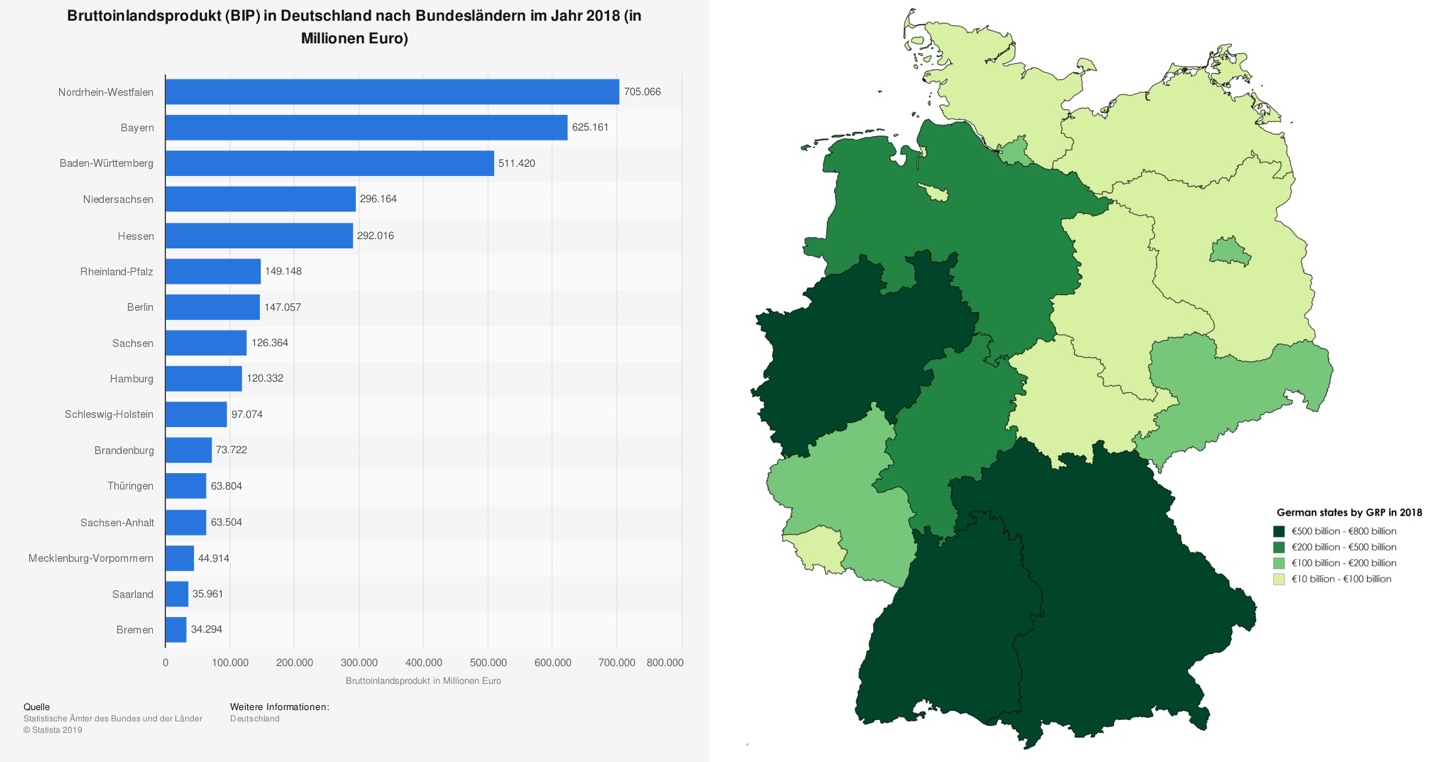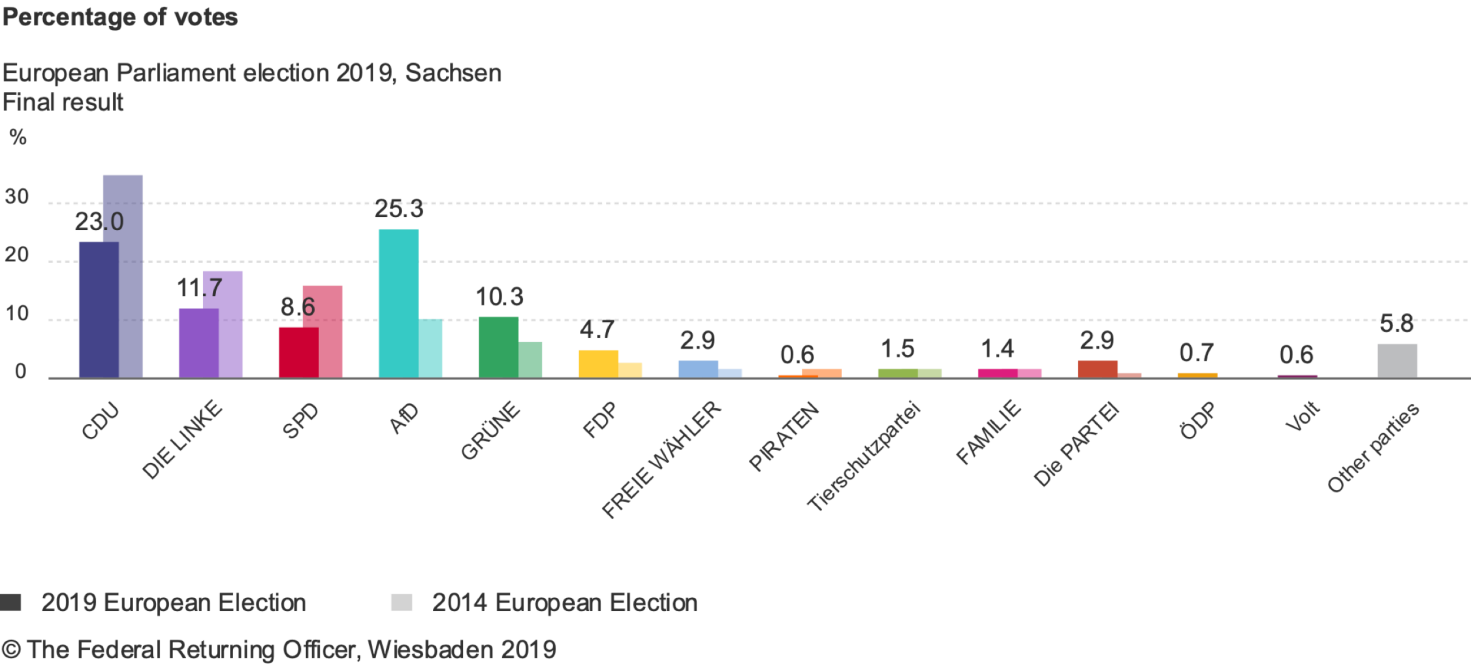How Germany is tackling a delicate phase in its energy transition
The annual Petersburg Climate Dialogue was held on April 27th and 28th, not in its usual Berlin format as a world congress with in-the-flesh government officials from more than thirty countries, but in videoconference mode. Participants talked over environmental questions, but above all met to presumably negotiate issues to be discussed at the 26th UN-organized climate change conference, better known as COP26, which for contingent reasons has been postponed to 2021.
For many, the restart of social and business activities after the pandemic lockdowns appears as a great opportunity to rethink our modern societies, especially in environmental terms, also because it is plausible, although not yet scientifically proven, that air pollution could be a determining vehicle for coronavirus transmission and of the other viruses that certainly await us in the future.
This experience confirms a basic point: it is good for our survival that national governments and supranational bodies such as the European Union, accelerate projects to convert electricity production plants powered by fossil energies, such as coal, into plants powered by renewable energies, or simply expedite their closure when their conversion is economically unjustified.
Still, this deduction is not obvious to everyone. Indeed, some may take advantage of it to maintain the current status quo and, under the pretext that the funds available for the recovery post-coronavirus must be used in pursuit of other urgent priorities, slacken the pace or even block that slow but inexorable process of containing greenhouse gas emissions. That process started in December 1997 with the Kyoto Protocol, then continued with the Paris Agreement of 2015.
Fortunately, however, at the Petersburg Climate Dialogue, German Chancellor Angela Merkel, certainly among the most serious supporter of the commitment to reduce the emissions of CO2, attributed the recent drop in climate-damaging emissions to the shutdown of public and economic life due to the coronavirus crisis. She also reiterated that it is still the governments’ job to implement the Paris climate agreement with all seriousness and passion. Furthermore, Merkel added that it is all the more important that economic stimulus programs be strongly oriented towards future-proof technologies, essentially for a global success in climate protection.[1]
In January 2019, Peter Altmaier, the German Economy Minister told broadcaster ARD-aktuell[2], a working group of public broadcasters, that Germany’s ruling coalition would move quickly to begin implementing the recommendations of a government-appointed commission for exiting coal power by 2038. The plan called for a complete dismantling of the last coal-fired power plants and a closing of coal mining sites by 2038 at the latest, from the current installed capacity of 41 GW to the complete shutdown after 19 at a pace of about two GW per annum, as well as providing at least €40 billion in aid to regions affected by the phase-out.

This is another important step in the German energy transition, the so-called Energiewende, marked by the abandonment of nuclear power in 2011 after the Fukushima disaster, the recent impressive acceleration towards renewables and finally by the ongoing conversion of the automotive industry caught off guard by the diesel crisis.
Later, in August, the German government confirmed a plan to put a stop to coal-fired power generation by 2038 at the latest by allocating €40 billion in the coal-mining regions as a complementary and additional fund to the climate package. This will contribute to the long-term shaping of structural change, creating new employment and value creation opportunities before the coal-fired generation ends.
With these grants, the affected regions can stimulate the economy in a wide range of areas, such as economic infrastructure, public transport improvement, broadband and mobility infrastructure, environmental protection, landscape management, research and subsidy programs, as well as the relocation of federal institutions such as the Federal Trunk Road Authority, the German Centre for Rail Transport Research, the Agency for Disruptive Innovations in Cyber Security and Key Technology, the Forest and Timber Competence Centre.[3]
The legislative implementation of the plan to cease coal mining, as well as using it, be it in the form of anthracite or lignite, for the production of energy is currently under preparation. The federal government[4] expects to start talks with the European Commission at an early stage in order to explore the state aid framework to ensure that the legal implementation is quickly reached.
In recent reports issued by the Federal Institute for Geosciences and Natural Resources[5],[6] in Hannover, the German resources of anthracite, also known as hard coal, counted 118 million tons of which only 83 million are economically and technically minable, but their very deep and difficult geological location makes extraction too expensive to compete on the world market. In 2017, the average cost for mining one ton of hard coal in Germany reached the peak of €180, while the price for imported hard coal was €92. Germany has subsidized hard coal mining since the 1960s. When in 2018, the federal government in agreement with the regional administrations decided to cease subsiding, the last two remaining hard coal mines, located in North Rhine-Westphalia, were shut down.
According to many energy associations and agencies,[7] Germany has been the largest lignite producer in the world since the beginning of industrial lignite mining, ahead of China, Russia and United States. Although lignite, also known as brown coal, has about half the calorific value of hard coal, it is economically and technically more convenient to extract as it is taken out of holes in the ground near the surface, not from deep under the ground. For this reason, opencast lignite mines in Germany are still profitable with most of brown lignite being used in power stations that are close to the mines. Today, there are three operating lignite mining districts in Germany, two in a large region that covers the three former East German regions of Saxony, Saxony-Anhalt and Brandenburg, and one in the Ruhr region in the western state of North Rhine-Westphalia.

The phasing out of coal-fired power generation is going to be an especially tough challenge, given the current energy mix in the country. According to the latest statistical review of world energy published by British Petroleum,[8] coal, be it in the form of anthracite or lignite, still accounts for one fifth of the primary energy sources used to produce electricity. This amounts to the equivalent of a million tons oil, which is substantial when compared with 3.5% in France and 5.8% in Italy – a pair of countries in the European Union closest to Germany in terms of economy, industrial structure and population. Germany is second only to Poland, which burns coal to produce 48% of its electricity.
What may complicate the phasing out of the German coal industry is the low gross regional product (GRP) that already affects the eastern regions where coal mines and coal-fired power plants are fundamental components of the regional economies.

The energy transition appears, therefore, as a headache for the federal government, and for the eastern regions in particular, being among the poorest and where economic and social hardship is more severe. This is also where Alternative for Germany, the right-wing to far-right party, flourishes and resulted the first party at the last European Parliament election for Brandenburg and Saxony, and the second for Saxony-Anhalt.[9]

It is an effort comparable to that made in the Ruhr valley in the 1990s, with the closure of coal mines and steel mills. This was an accelerated deindustrialization process that Germany has been able to manage successfully through environmental reclamation, restoration of old plants transformed into theme parks, cultural and research centers, museums and contemporary art galleries, economic conversion of entire urban areas such as Essen (where the massive Zollverein Coal Mine Industrial Complex that was shuttered in 1986 became home to major cultural institutions such as parts of the Folkwang University of the Arts, an architectural monument that was declared a UNESCO World Heritage Site in 2001).

The most recent calculations published in 2018 by the Rhineland-Westphalia Institute for Economic Research,[10] an independent economic research institute and think tank in Essen, shows that 17,107 jobs are directly or indirectly related to the brown coal sector in the eastern regions.
Assuming that the average age of people employed in the lignite sector is 40-45, presumably two-thirds of these employees will be retiring by 2038. This means that compulsory redundancies among the existing workforce can largely be avoided if coal power generation is gradually reduced over the next two decades. However, while this approach could make phasing out coal operations for today’s employees easier, it would not solve the economic problems of the regions.
From the latest survey conducted by the German government for the annual report on the status of German reunification[11], it emerged that 57% of people in the eastern regions feel that they are second-class citizens, that only 38% feel that reunification has been successful, and that among the under-40-year-olds, precisely those who only knew the German Democratic Republic as children if at all, the figure is only 20%, and last but not least, almost half of Germans in the east of the country are dissatisfied with the way democracy is working, figures that capture a mood of frustration and bitterness that may impel residents in eastern Germany to escalate into radical violence and political extremism, as the murderous attack occurred few months ago in Halle, indeed the largest city of Saxony-Anhalt, where two people died and two more were severely injured after a gunman in a military-style outfit tried to force his way into a synagogue in an attempted mass shooting.
For the good of Germany, as well as of the European Union, it is time to move quickly in closing the economic and social gap between east and west. The redevelopment of the rural and environmentally degraded eastern German regions seems like a great opportunity rather than a looming threat for the years ahead.
Footnotes:
[1] Die Bundesregiurung, 2020, https://tinyurl.com/y9zwqld9
[2] ARD-aktuell, 2019, https://tinyurl.com/y2twc5yk
[3] Bundesministerium für Wirtschaft und Energie, 2019, https://tinyurl.com/y6fyl5ab
[4] Bundesministerium für Wirtschaft und Energie, 2019, https://tinyurl.com/y6a8xxve
[5] Bundesanstalt für Geowissenschaften und Rohstoffe, 2009, https://tinyurl.com/y45pa9yf
[6] Bundesanstalt für Geowissenschaften und Rohstoffe, 2018, https://tinyurl.com/y4wrtfbf
[7] Wikipedia, 2017, https://tinyurl.com/hv56wm2
[8] BP Statistical Review of World Energy, 2019, https://tinyurl.com/y6389ftv
[9] Der Bundeswahlleiter, 2019, https://tinyurl.com/y6yoydny
[10] Rheinisch-Westfälisches Institut für Wirtschaftsforschung, 2018, https://tinyurl.com/y5pk6h6m
